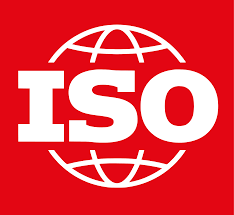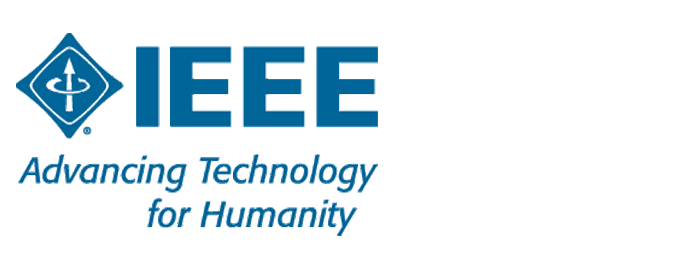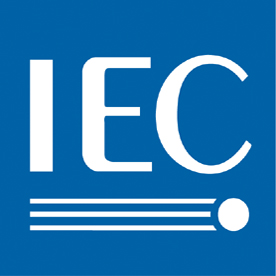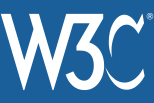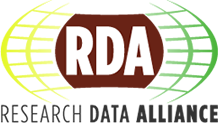ISO 10303-1:2021 Industrial automation systems and integration - Product data representation and exchange - Part 1: Overview and fundamental principles
ISO 10303 provides a representation of product information along with the necessary mechanisms and definitions to enable product data to be exchanged. The exchange is among different computer systems and environments associated with the complete product lifecycle, including product design, manufacture, use, maintenance, and final disposition of the product. This document defines the basic principles of product information representation and exchange used in ISO 10303. It specifies the characteristics of the various series of parts of ISO 10303 and the relationships among them.
